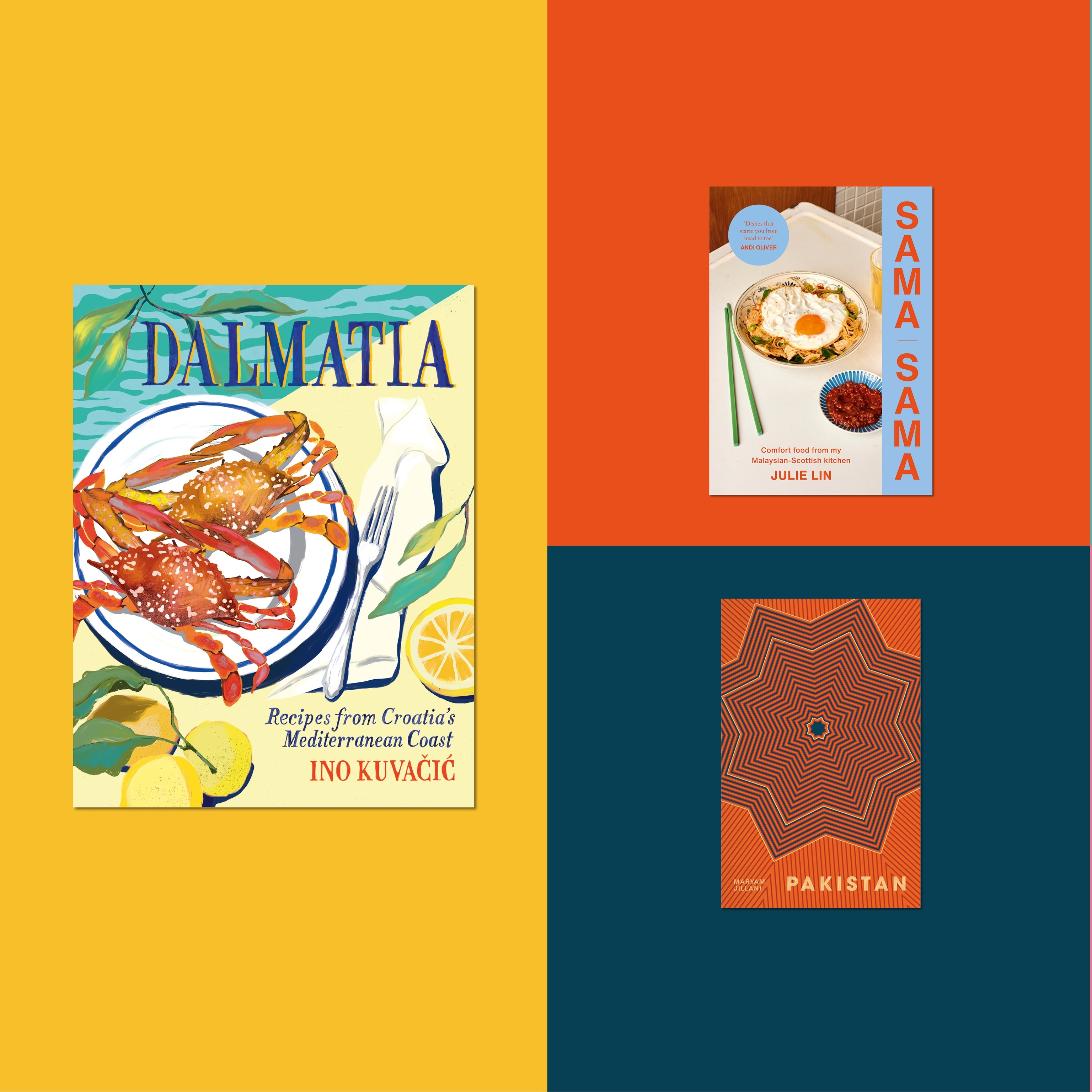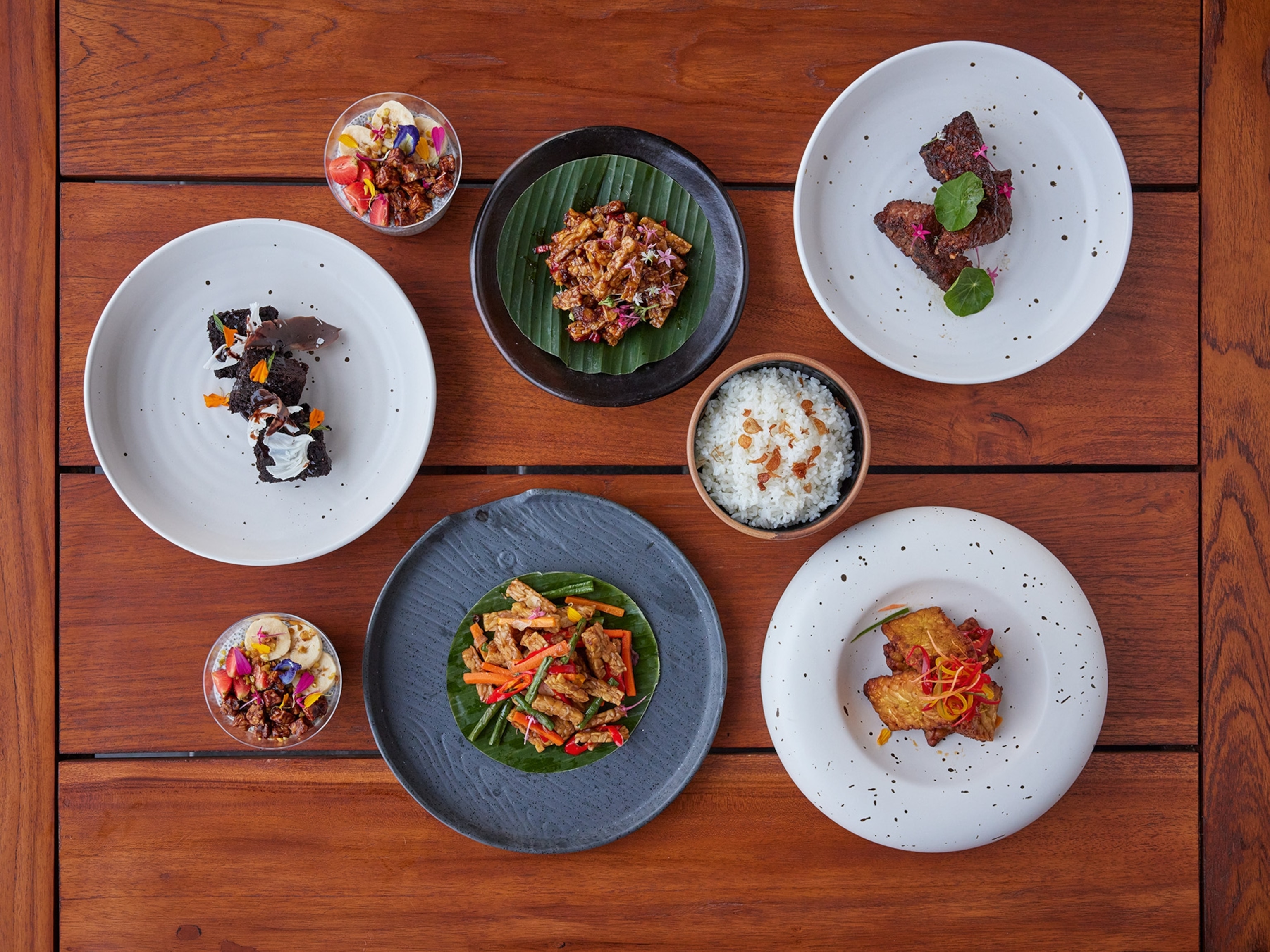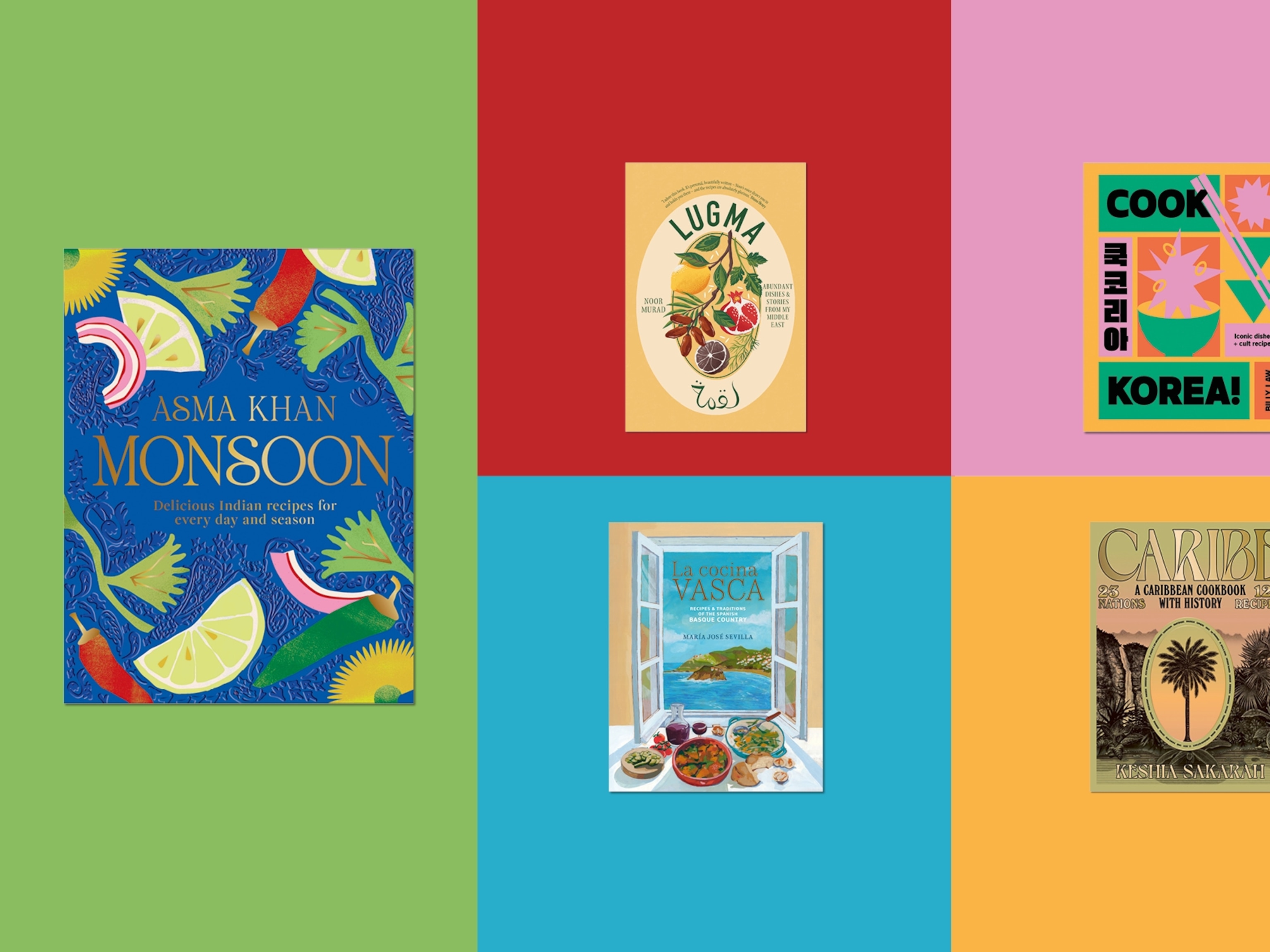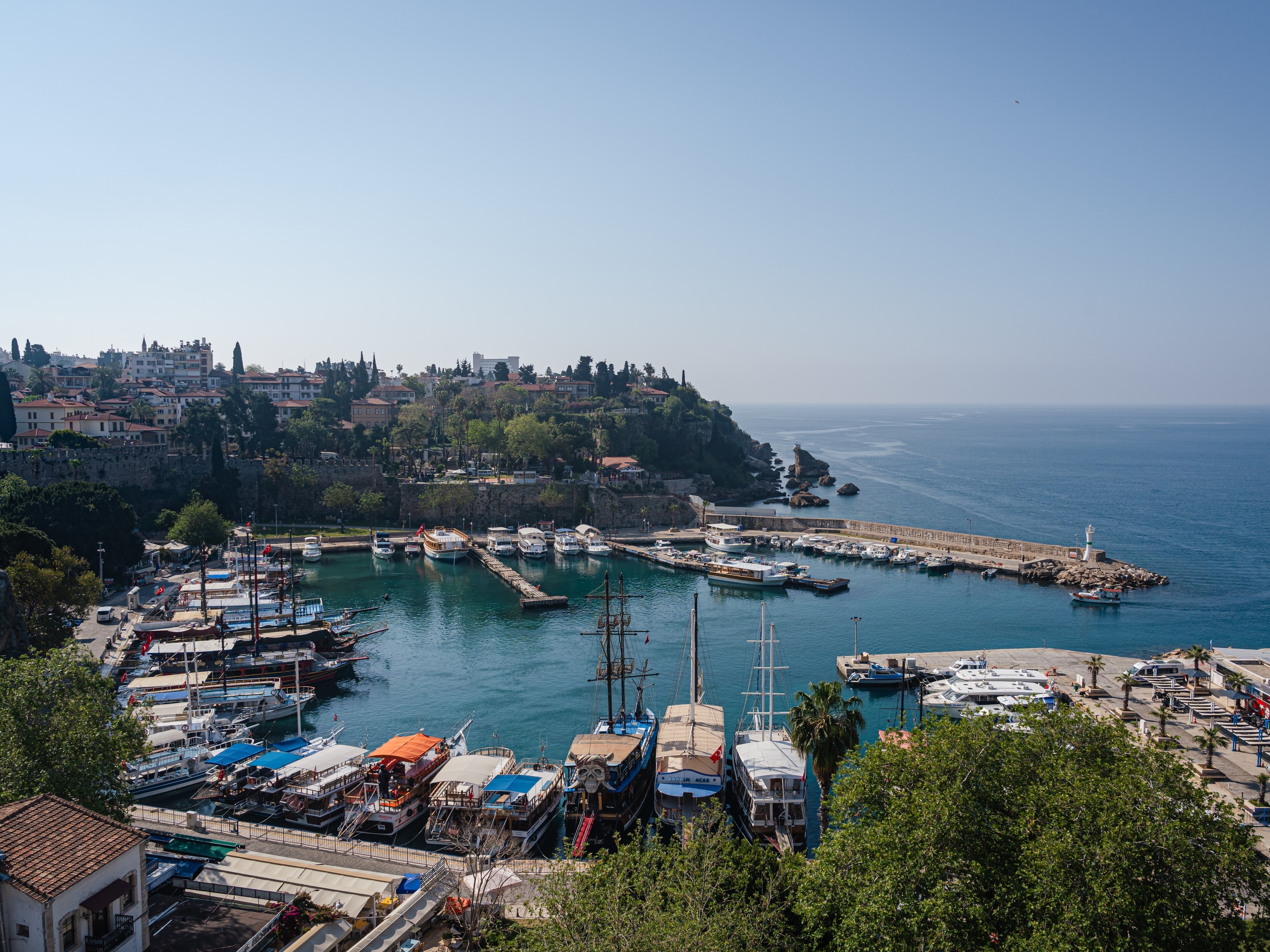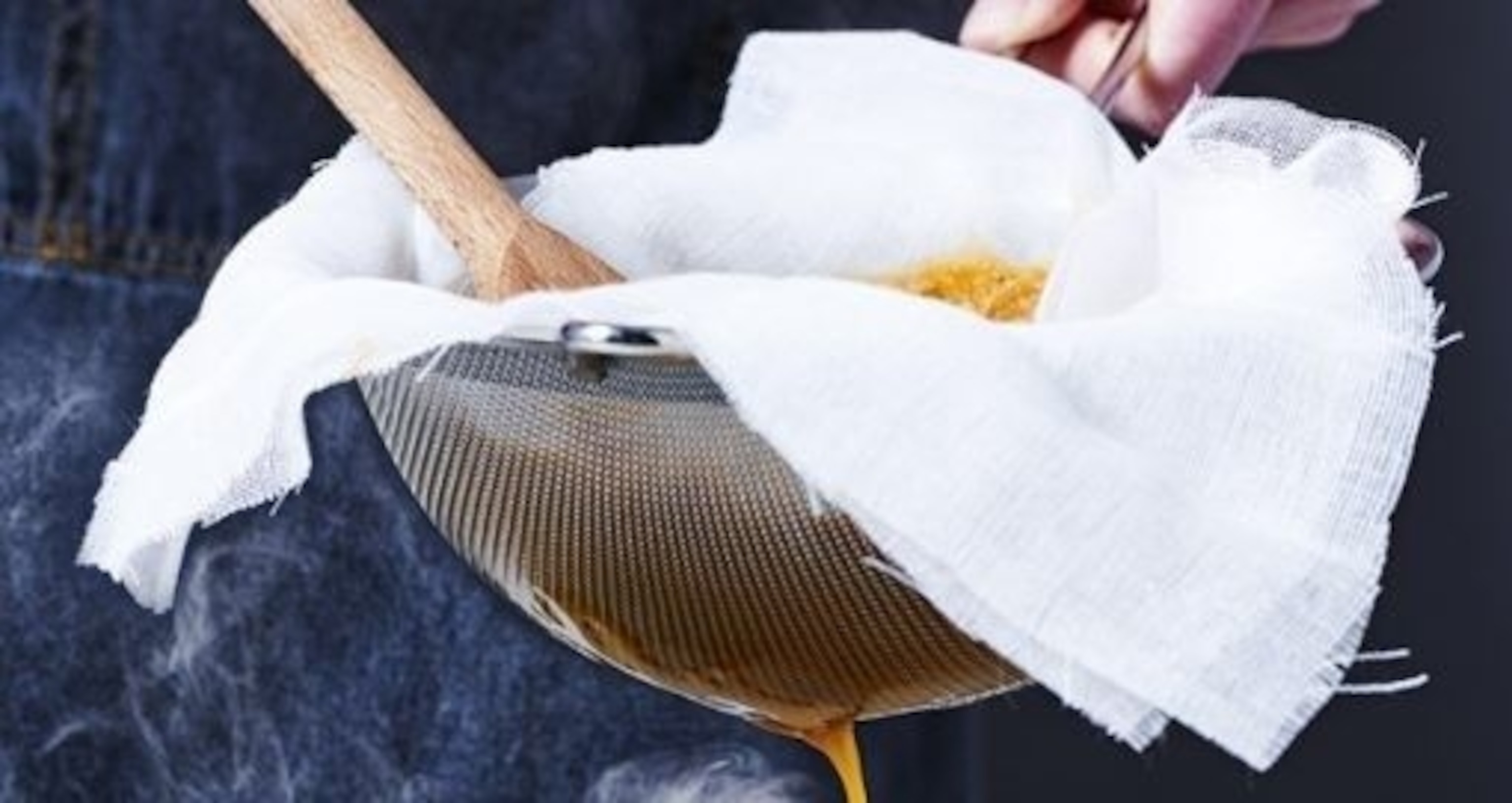
Bouillabaisse: deconstructing the pride of Marseille
There are seafood stews, and then there's bouillabaisse — the pride of Marseille, and a dish with its own murky folklore that's worth travelling to the South of France for
Iconic, complex and a little bit mysterious, bouillabaisse is a dish that arouses passion. Even describing it as a seafood stew, rather than a soup, can be provocative. Once upon a time, it was a simple dish of boiled fish. What happened to it next is a matter of fierce debate, even among the Marseillais, who claim it as their own.
One version of the story has it that fishermen invented it while at sea — boiling a portion of their catch in seawater. Another version attributes it to fishmongers simply using up what they'd failed to sell.
Either way, what was originally known as boui abaisso (meaning 'boil lower' in Provençal) emigrated to the French language about 200 years ago, causing a culinary dispute to bubble up that's yet to be resolved. According to one school of thought, the fisherman-cook boiled his water, and once the fish went into the pot, the temperature was lowered, allowing it to poach. An early Provençal poem supports this theory: 'Never put oil in a bouillabaisse,' its author, one S Crémazy, wrote. 'Water nourishes the fish but oil destroys it.'
However, others believe that adding olive oil during the boiling process, to create an emulsion, is an essential stage in the preparation of the broth. And yet another theory argues that the 'lower' part of the name refers to the reduction of the stock before adding the fish to concentrate the flavours.
In Martigues, a fishing town that's almost a suburb of Marseille today, all the ingredients tended to be marinated in oil before being brought to a rolling boil, then left to finish cooking on the side of the stove.
In the pre-molecular gastronomy era, when haute cuisine was taking shape, the top French chefs made their soup first and then simmered the fish in it. This method established itself once bouillabaisse shifted from popular to bourgeois cuisine. In his 1897 book La Cuisinière Provençale, the chef Jean-Baptiste Reboul described a recipe that became gospel for decades. He boiled whole fish to create a soupe de poisson à la Marseillaise, a sieved and strained soup of small rockfish caught in the coastal inlets.
Reboul's version remained the norm for much of the 20th century, but when unscrupulous Marseille restaurants and bistros began fleecing tourists with cheaper, less complex versions, a scandal was born. To halt its declining reputation, a group of restaurants created a charter in 1980, laying down what kinds of fish a true bouillabaisse had to include (a minimum of four different types). It also recommended presenting the fish to the customer and filleting them at the table, prior to preparation, as a proof of freshness.
Into the pot
Even now, it's impossible to vouch for the authenticity of every bouillabaisse ladled out in Marseille Vieux Port restaurants. Barqueroles — the small open boats the top chefs tend to buy directly from — catch a fraction of the fish that would meet the demands of a city with a population of around one million. Some fish species traditionally used in a bouillabaisse — including scorpionfish, weever, wrasse and moray eel — are already in short supply or unique to the Mediterranean coast. Others, such as red mullet, John Dory, conger eel, monkfish, sea bass, gilt-head bream and gurnard — could come from any fishing port in France. For those that equate the authenticity of bouillabaise with the use of local fish, this is problematic.
But in truth, what mustn't go in the pot is perhaps even more relevant as what must: oily fish like sardines, sprats, mackerel, tuna and salmon are all definite no-nos.
When making your own, it pays to buy fish whole, except for large species like monkfish. If they aren't bright eyed or if they smell fishy give them a miss. And ask your fishmonger to scale and fillet them too, ensuring they discard the gills. Keep all of these trimmings — the head and the bones — for stock. Provençal fishermen often add small, velvet crabs they've caught to the pot. If you live near the sea it's a practice worth adopting.
Curnonsky, aka the 'Prince of Gastronomes' — the writer who popularised French gastro-tourism after the First World War — called bouillabaisse soupe d'or ('soup of gold'). He may have been extolling its colour — it always includes saffron — but it's more likely he was referring to the depth of flavour. This rich intensity comes from crunching up and straining its component assortment of fish, fish heads, bones, vegetables and seasoning.
Aside from bones and trimmings and saffron, the jury is out on what else should go in the soup. Most people these days agree that olive oil is required, and plenty of it. Some insist on fennel; others say it distracts from the flavour of the fish. Orange zest — dried or fresh — is standard for a soupe de poisson, but doesn't always figure in a bouillabaisse. Old-school cooks sniff at the addition of white wine. Tomato changes its character and colour. Garlic should really be included — after all, Marseille holds a Garlic Fair every June; anything from a few cloves to a bulb. In Martigues, potato is a part of the stew, and in Marseille, just 25 miles away, it isn't.
Never assume that the longer a bouillabaisse is simmered, the better it will taste. Half an hour is plenty. What matters more is the blending and pressing out of the juices from the resultant bone-mush through a fine-meshed sieve. Just how much texture it should have is up for grabs. On Les Carnets de Julie, a food-related programme shown on French TV, resident expert Raphael Haumont recently advised filtering the soup a second time through a pair of 30 denier tights to make it smoother!
On the table
Bouillabaisse wasn't designed for romantic, tete à tete dinners. Honorine, the fishwife from Marcel Pagnol's 1930s 'Marseille' film trilogy, would've dished it up as two courses to her colourful group of friends and her daughter, Fanny. They would've eaten the soup first with slices of dried bread. The platter of fish would've followed, maybe with a couple of slipper lobsters, or even octopus, for good measure. Towards the end, the men might even have fought over who got to suck the prized titbits from the rascasse and John Dory heads.
That boisterous scenario rarely plays out today, as table etiquette and fashions in fish cookery have changed a great deal. Ultimately, presenting bouillabaisse as a single-course fait accompli is more convenient, even though to some traditionalists it's still heresy. Meanwhile, the fear of lawsuits from clients who've choked on fish bones has done enough to persuade many restaurateurs to switch to fillets.
Also changed is the rouille — the 'rust' — accompanying it. At first, it was an afterthought, which, in the words of author Rene Jouveau, was only of interest 'for Martigues fishing folk'. A mix of pounded monkfish liver, garlic, oil and tomato, it made a sauce to liven up boiled fish. This evolved into a mayonnaise-like emulsion, made with potato from the bouillon, oil and red pepper. Spooned onto slices of baguette it enriched the soup. It's still made this way, but sometimes cut with aioli, sometimes flavoured with saffron and sometimes seasoned with a hot smoked paprika.
Less convincing is the grated gruyère that was chic for a while. Deep-fried croutons seem a step too far for purists, but that doesn't stop many restaurants from serving them.
If there's to be a new chapter in the history of bouillabaisse, it's Marseille's cooks who'll most likely write it. Alex Passedat, the chef-patron of three-Michelin-starred Au Petit Nice, dishes up a series of eight tasting plates for his Menu Bouille Abaisse, in which each fish receives bespoke treatment. It costs a mere €210 (£183). Elsewhere, you can snack on a bouillabaisse burger with panisse (chickpea polenta) chips, and sip a bouillabaisse 'milkshake'. Authentic? Perhaps not, but then bouillabaise has always been a dish few can agree upon.
As featured in Issue 2 of National Geographic Traveller Food.
